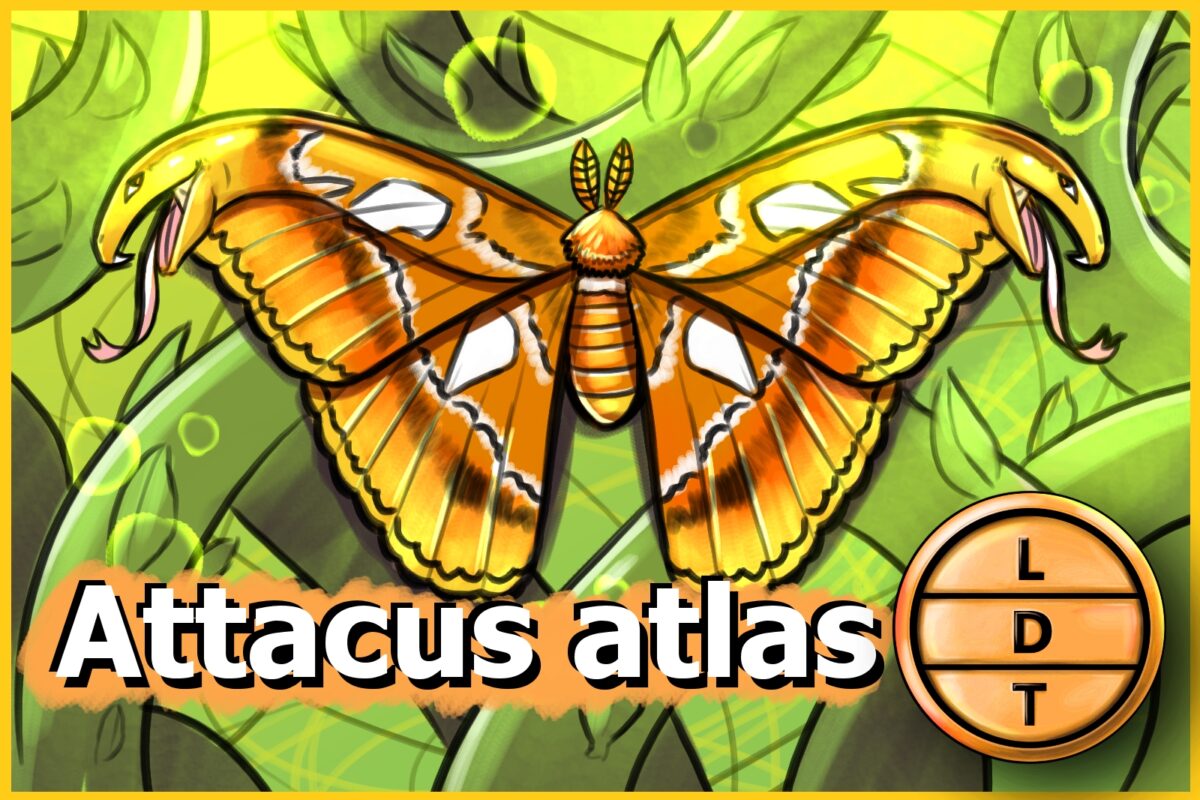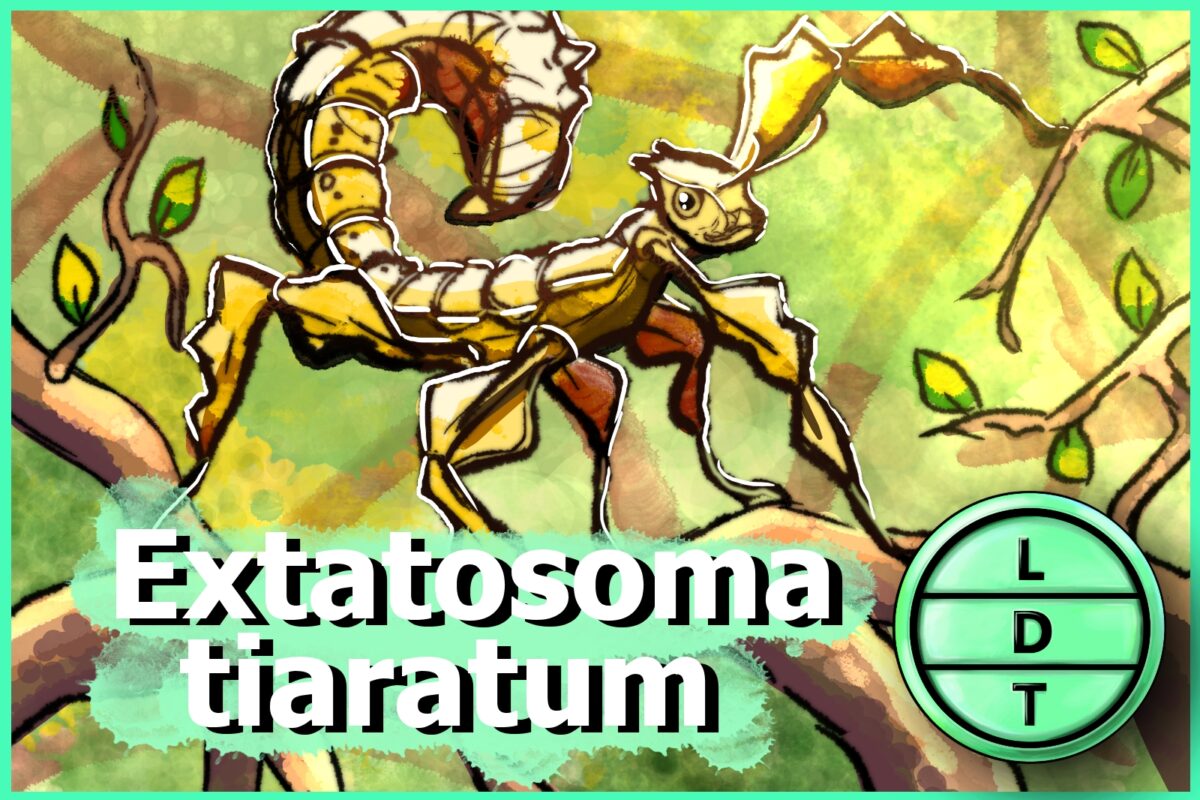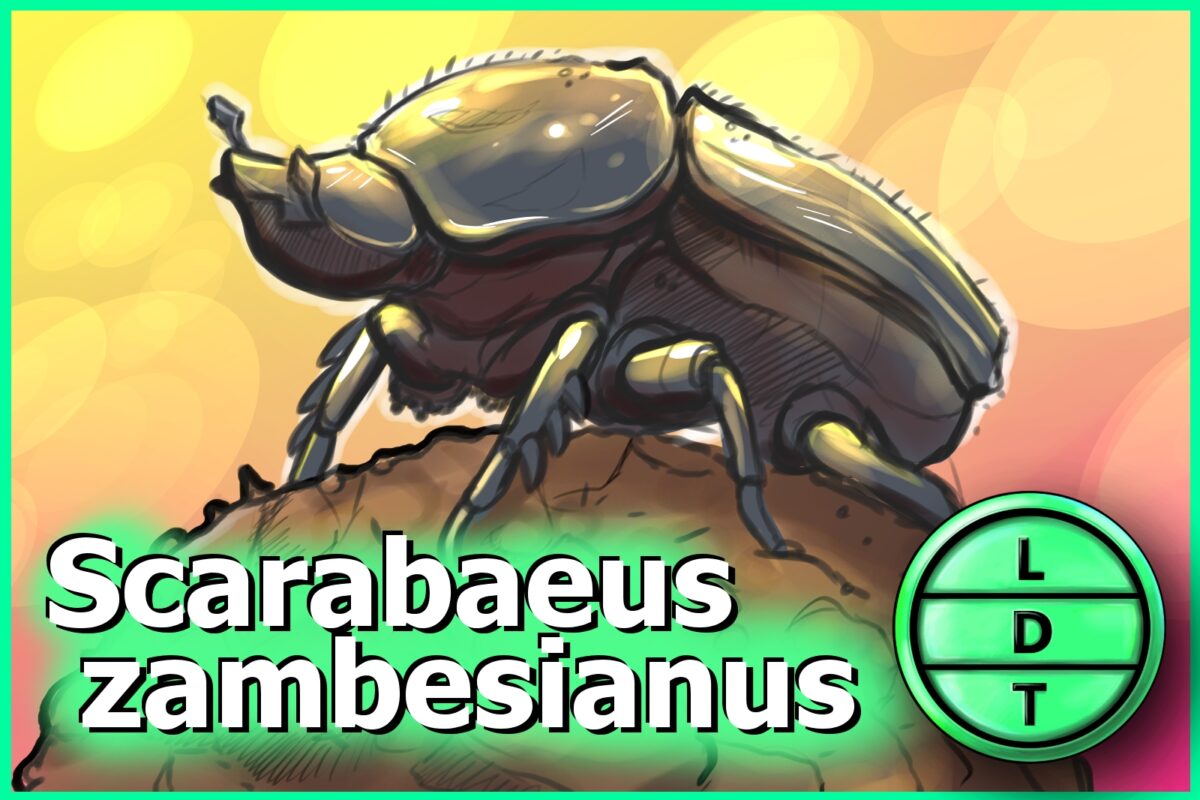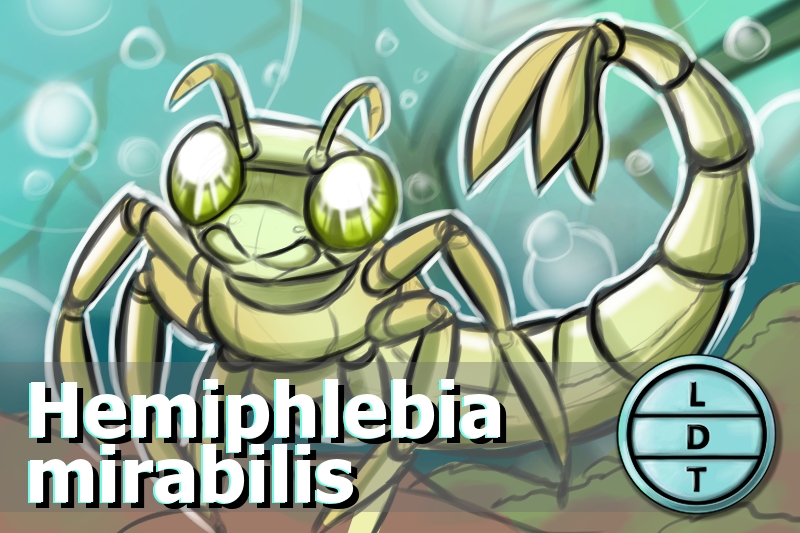“…and today we’re talking about a bug that looks like a deep fried praying mantis. But more on that later.”
The forest is a dangerous place for an egg. They are packed with proteins and fats in order to grow the new creature inside, but those qualities also make them tasty morsels for foragers. Moms of all sizes search high and low for a safe place to deposit her ovum, except for one insect. The spiny leaf insect perches high in a tree and flicks her eggs out onto the forest floor, never to be seen again. But she’s not neglectful, she knows they have all they need to make it in Life, Death, and Taxonomy.
Description
- Looks like a combination of sticks and leaves.
- Long, narrow body and six long legs with flattened sections to resemble leaves
- Its abdomen curls up behind it like a scorpion when it’s threatened
- It has a teardrop-shaped head with two long antennae sticking out. Its head actually looks a lot like an ant’s
Measure Up
Welcome to the beloved Measure Up segment. The official listener’s favorite part of the show! The part of the show when we present the animal’s size and dimension in relatable terms through a quiz that’s fun for the whole family. It’s also the part of the show that’s introduced by you when you send in audio of yourself saying, singing, or chittering the words Measure Up into ldtaxonomy at gmail dot com. We do have a Measure Up intro this week from our friend Laura.
Female Length
- 5 to 8 inches (20 cm)
- How many female spiny leaf insects go into the longest ever knitted scarf?
- Hint: The scarf was made by Helge Johansen in Oslo, Norway in 2013. The scarf was rolled into a tight ball which he unrolled in a sports arena.
- 22,467.8 stick insects. The scarf was 4,565.46 m (14,978 ft 6.16 in).
Male Length
- 11 cm (4.3 inches)
- How many males go into the diameter of the smallest known star in the universe?
- Hint: The star is called EBLM J0555-57Ab and it’s in the Milky Way Galaxy with us, about 600 lightyears away. It’s pushing the limits when it comes to small stars. If it were any smaller, there wouldn’t be enough mass putting pressure on the core for the hydrogen fusion process to take place.
- 1,058,758,160 male stick insects. The star is about the same size as Saturn which is 72,367 mi.
Fast Facts
- Diet: Like the humble Koala, SLI mostly just eats Eucalyptus leaves. They can eat other kinds of leaves, but they don’t get as big and have different coloration
- Behavior:
- SLI Cooper has an arsenal of defense mechanisms to hide from and ward off predators.
- For starters, they have passive camouflage (meaning they don’t have to do anything) – since they, you know, look like sticks. Just hanging out on their favorite Eucalyptus perches keeps them pretty well hidden.
- They’ll also use active camouflage (meaning they have agency). When the wind blows the tree they’re in, they’ll sway back and forth so that it’s not obvious that they’re the only thing not moving.
- On top of that, if the camouflage doesn’t work, this stick bug is also covered in thorns so that it can David Hyde Pierce its enemies.
- When threatened, it will use its spiny rear legs to poke attackers.
- As nymphs, they look almost exactly like ants to avoid predation
- Males have wings and are good flyers
Major Fact: Egg Mimicry
There are many plants around the world that get benefits from producing tasty seeds. While it seems counter productive, animals that eat seeds disperse them wherever they leave droppings. And the seeds are robust enough to make it through digestion without being destroyed.
This technique helps plants to distribute their offspring far and wide without sapping all of the resources out of a particular area. Some animals could benefit from a similar method. If you’re a stick insect, you don’t want your family to eat all the food in your area and then starve. But how to achieve optimal dispersal.
Certain plants in the leaf insect’s home range drop oval seeds with a tasty white cap. The cap attracts ants that pull the seeds underground to be stored and eaten. The remaining bits of the seed germinate and grow new plants.
The leaf insect and several of its cousins drop eggs that look almost identical to these seeds. It even sports that fat capsule that attracts ants. So stick insects simply sit in a tree and lay an egg that tumbles to the forest floor. Not nesting or hunting for the perfect burrow. They just plop it on the ground.
The ants do the rest. Scouts will find the egg and pull it into their stores underground. But when the egg reaches the inspection team, someone says, this thing is no seed, it’s breed! Most eggs get ignored by the ants after that. Once they’re underground, they’re safe from other predators, as eggs and once they hatch.
It’s a good thing too because these eggs need a safe place for a long time. They could take up to three years to hatch.
Researchers thought that maybe these eggs are more like seeds than we thought. Maybe they can even survive gestation like some seeds. So in 2011, scientists feed stick insect eggs to some birds to see what would happen. The birds loved them but the eggs were completely digested.
Since birds seem to like these eggs and totally destroy them, researchers believe there must be a way that the risk of this egg laying method is covered in nature. Perhaps the ants are more of a crucial part of the stick insect’s life cycle than we thought.
What About Males?
Now, you’re smart and you might have some good questions about this method. Like what happens when the baby hatches in the middle of an ant nest? Well, hatchlings look a lot like ants. They have thin bodies and legs with a big head. Still, once they hatch, baby stick insects make a break for the nearest tree as soon as possible.
You may also ask, “What about mating? When do males fertilize these eggs?” Stick insects to produce sexually, but they don’t have to. An unfertilized egg can produce a baby insect no problem. When this happens, the hatchling is always female. If a male happens to find one of these egg drops, a fertilized egg can produce a male or a female.
Ending: So blend in, keep your thorns sharp, and throw your young into the dens of better parents like the spiny leaf insect here in LDT.






